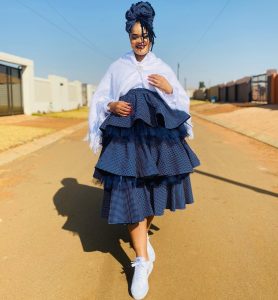From Fabric to Craftsmanship: The Journey of a Makoti Shweshwe Dress
From Fabric to Craftsmanship: The Journey of a Makoti Shweshwe Dress

Fabric Selection and Preparation
Selection of the Shweshwe fabric for the Makoti dress
Introduction to Shweshwe fabric and its significance in South African culture
Shweshwe fabric is a colorful cotton fabric that is widely used in South African traditional attire. It holds great cultural significance and is often associated with special occasions like weddings. The distinct patterns and vibrant colors of the fabric make it a popular choice for traditional clothing.
Overview of the Makoti dress and its role in traditional weddings
The Makoti dress is an integral part of a traditional South African wedding. It is worn by the bride to showcase her cultural heritage and celebrate her transition into marriage. The dress is typically made with the Shweshwe fabric, which adds a touch of elegance and tradition to the overall bridal look.
The journey of the Shweshwe fabric from its production to being used in a Makoti dress
The Shweshwe fabric is originally manufactured in South Africa using a traditional printing technique. It undergoes a rigorous process of dyeing, printing, and washing to create the unique designs and color combinations. Once the fabric is ready, it is then used by skilled craftsmen to make the Makoti dress.



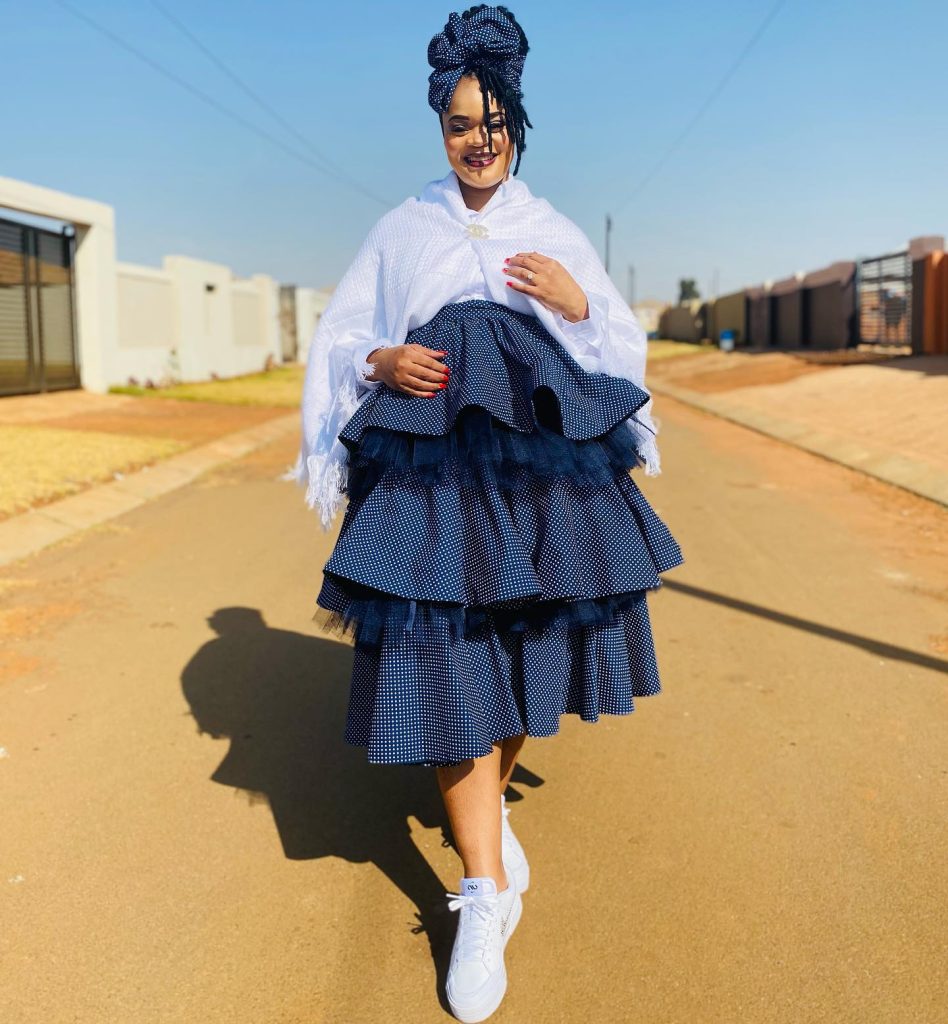
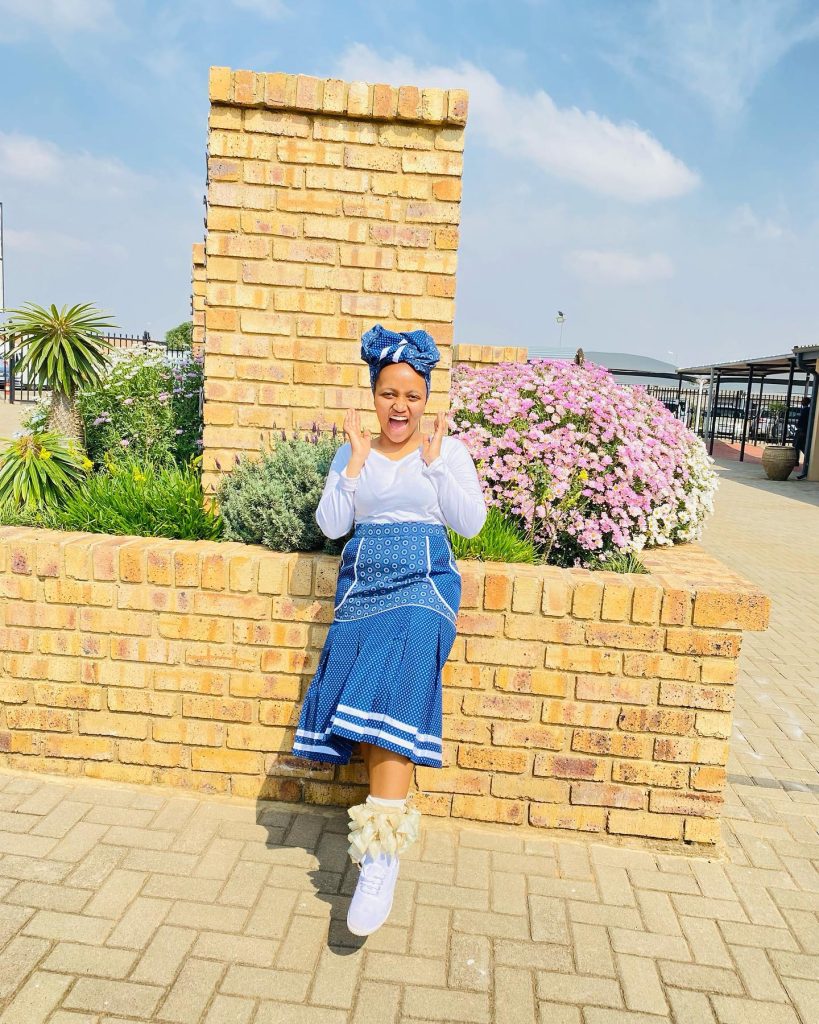
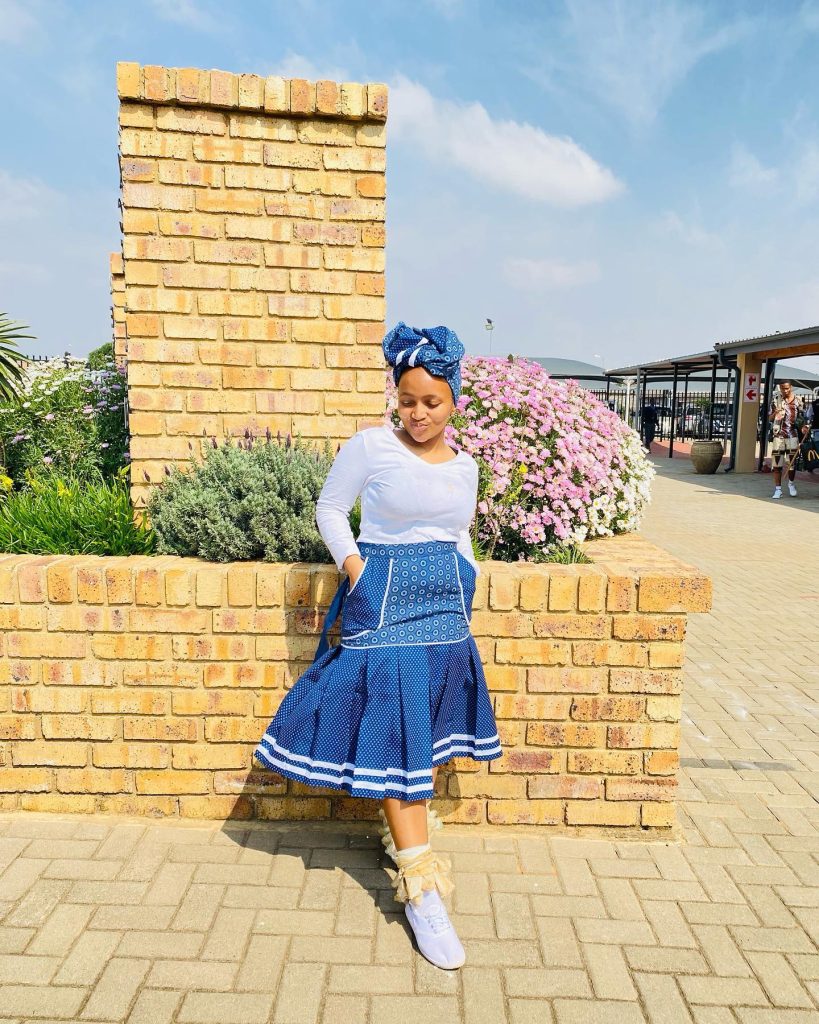
Exploration of the craftsmanship involved in creating a Makoti Shweshwe dress
Creating a Makoti Shweshwe dress requires a high level of craftsmanship. Skilled seamstresses and designers carefully cut, sew, and embellish the fabric to create a dress that fits perfectly and showcases the beauty of the Shweshwe fabric. The intricate details and meticulous stitching make each dress a work of art.
Tips for selecting the right Shweshwe fabric for a Makoti dress
When selecting the fabric for a Makoti dress, it is important to consider the quality, color, and design of the Shweshwe fabric. Look for fabrics that are genuine and durable, as they will ensure the longevity of the dress. Additionally, choose colors and patterns that complement the bride’s skin tone and personal style.
Importance of pre-washing and ironing the fabric
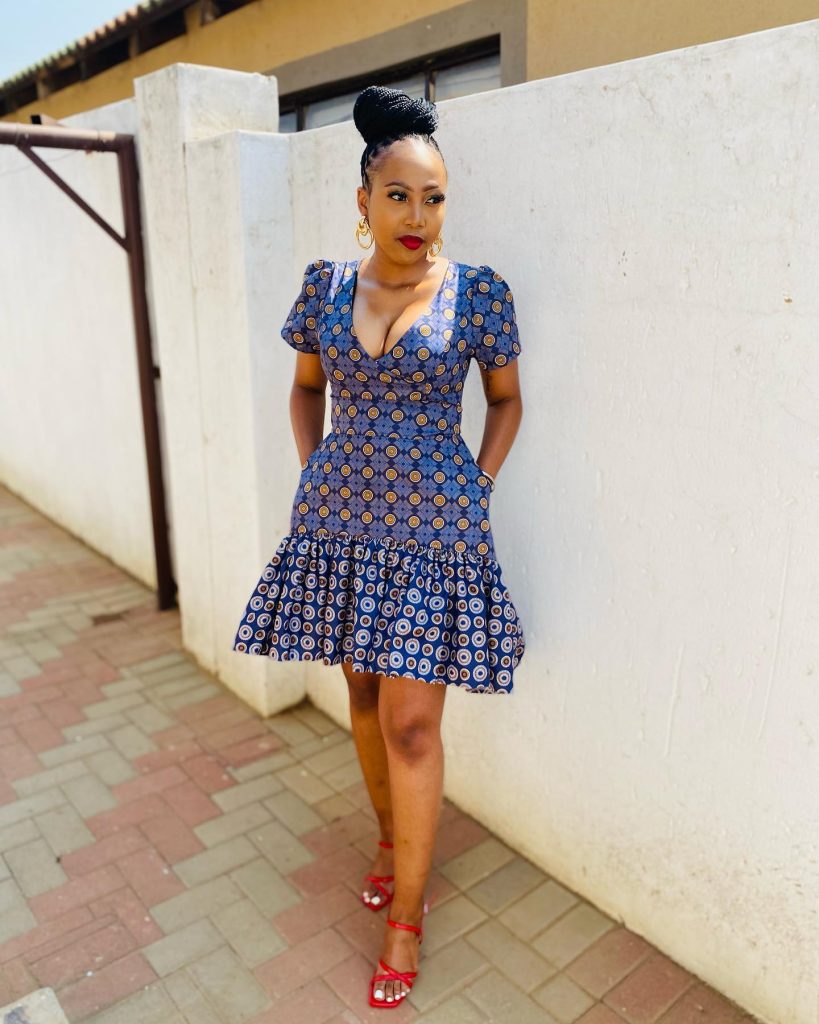
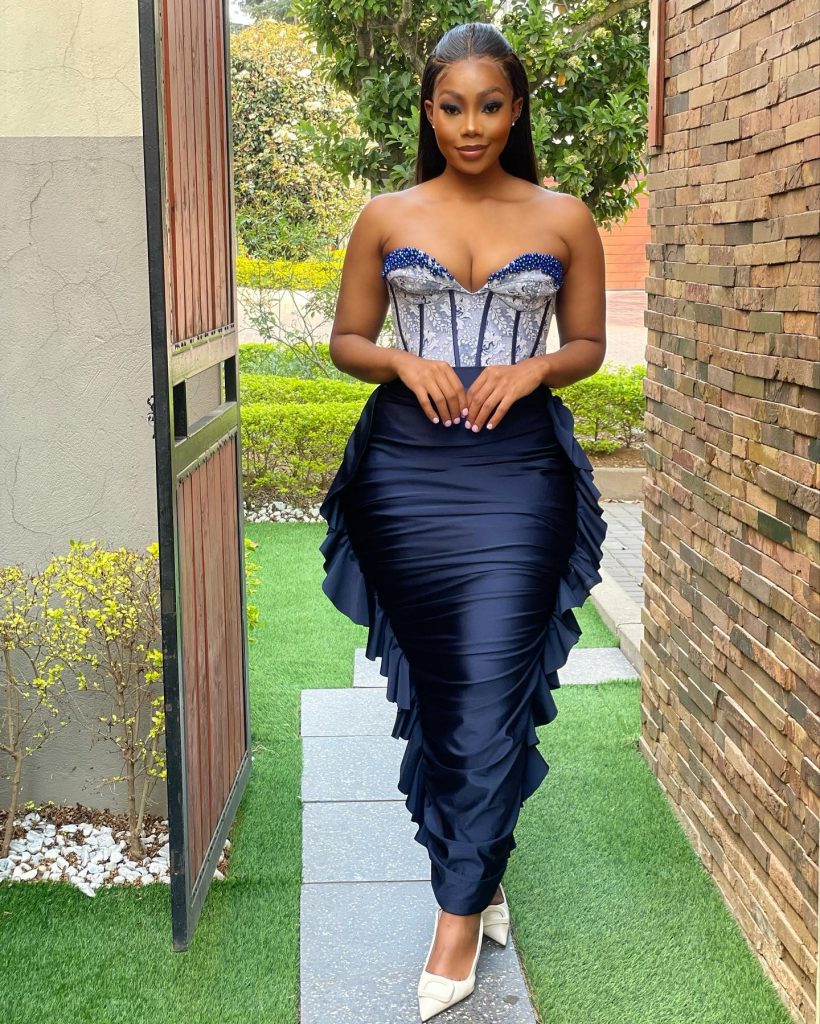
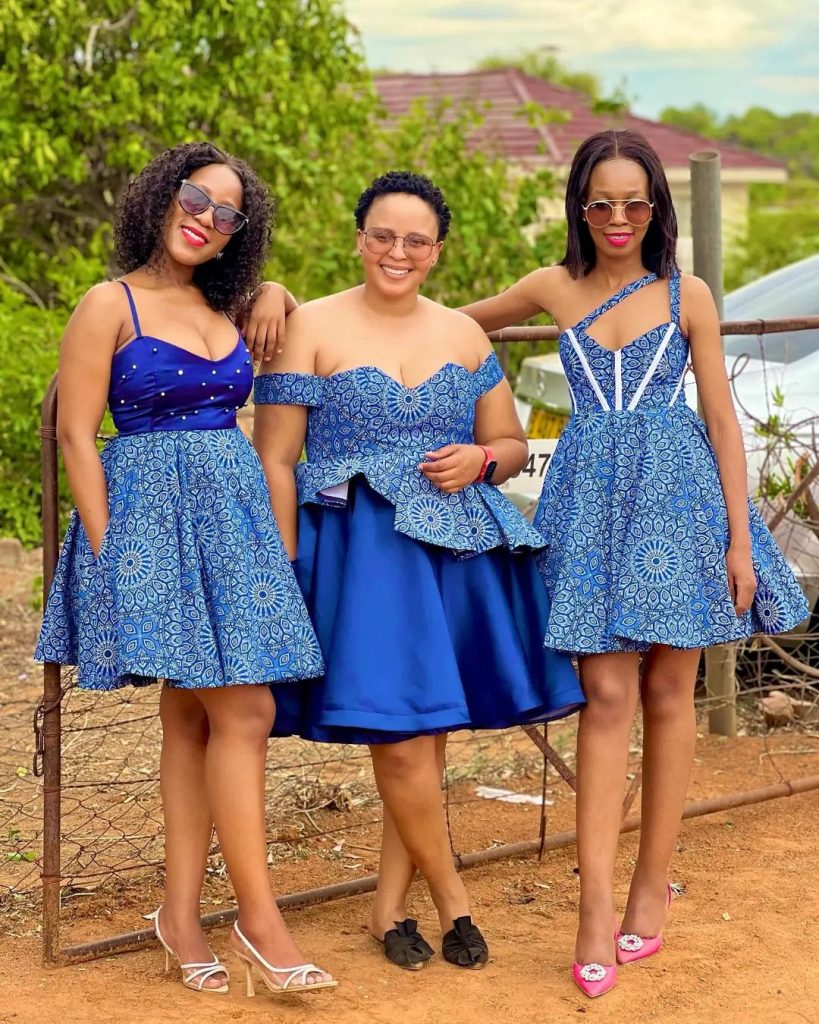
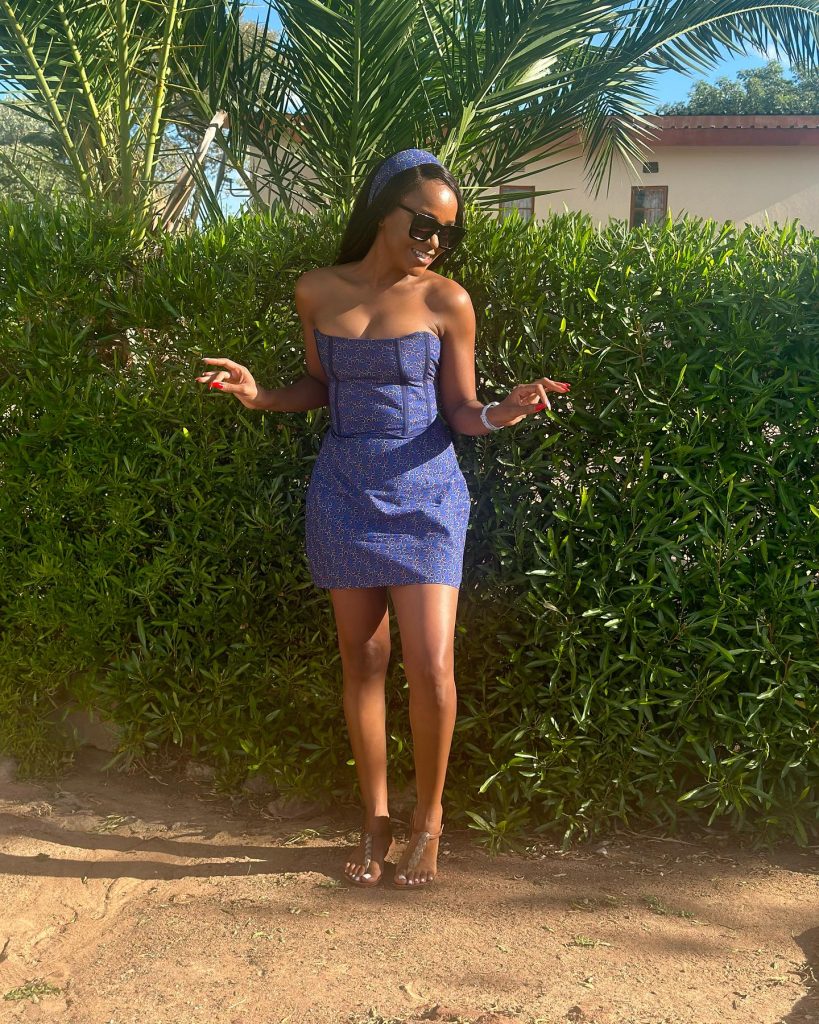

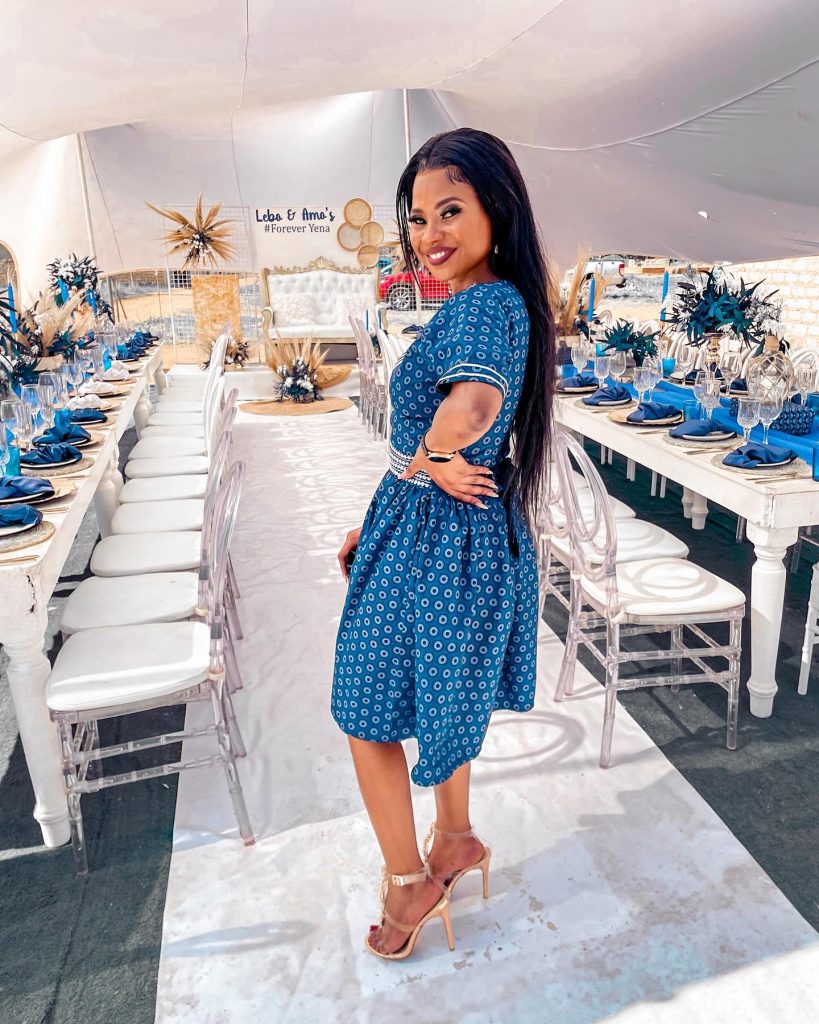
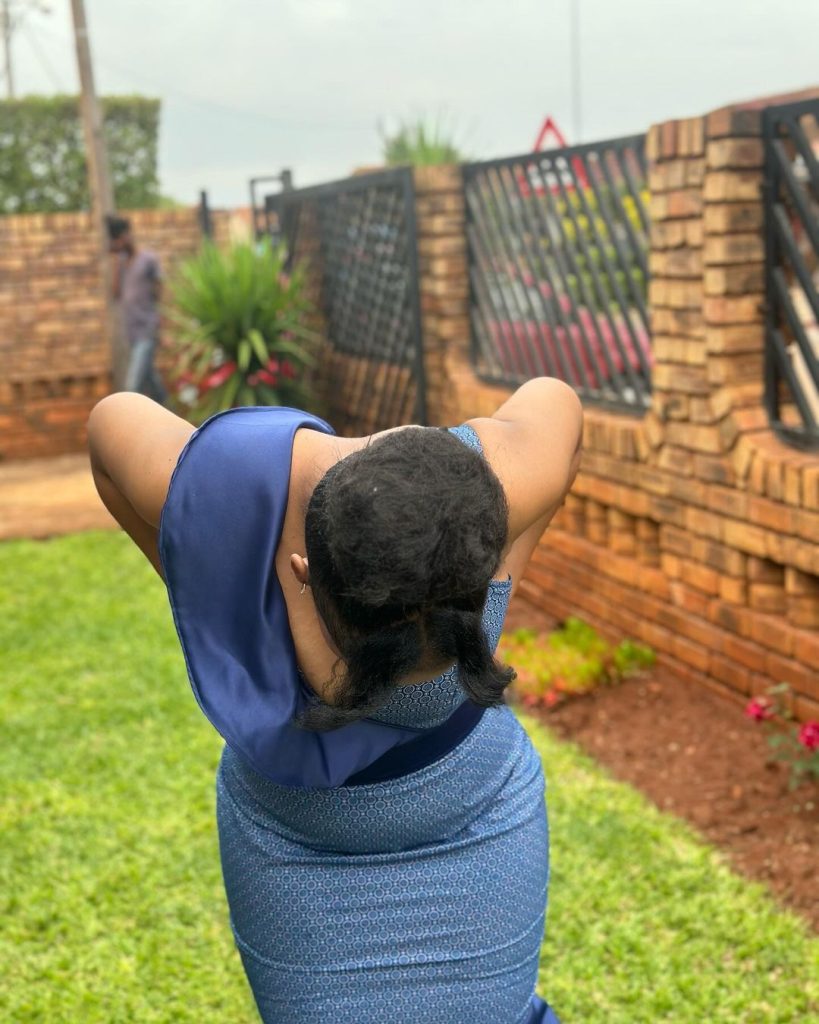
Before starting the dressmaking process, it is essential to pre-wash and iron the Shweshwe fabric. This helps to remove any chemicals or dirt that may be present and ensures that the fabric is clean and ready to be transformed into a beautiful Makoti dress. It also helps in achieving neat and professional-looking seams and finishes.
In conclusion, the selection of the right Shweshwe fabric is crucial in creating a stunning Makoti dress that embodies South African cultural heritage. The craftsmanship involved in making the dress highlights the skill and talent of the artisans. Pre-washing and ironing the fabric is an important step in the preparation process to ensure the best possible outcome for the dress.
Pattern Making and Cutting
Creation of a pattern for the Makoti Shweshwe dress
Introduction: The significance of Makoti Shweshwe dresses in South African culture
Makoti Shweshwe dresses hold great cultural significance in South African culture, representing the bride’s transition into marriage and showcasing her cultural heritage. The dresses are often made with the vibrant and distinctive Shweshwe fabric, which adds a touch of tradition and elegance to the overall bridal look.
1. The History of Makoti Shweshwe fabric
The Makoti Shweshwe fabric has a rich history that originates from German and British colonization in South Africa. The fabric was introduced to the country in the mid-1800s and quickly gained popularity among the local population, particularly in traditional attire.
Exploring the origins and cultural significance of the fabric
Shweshwe fabric is known for its unique patterns and vibrant colors, which are inspired by the traditional dress of the indigenous South African tribes. It has become synonymous with special occasions like weddings and is a symbol of cultural pride and identity.
Tracing its roots back to German and British colonization in South Africa
The fabric was initially brought to South Africa by German and British settlers who used it as trade currency with the local tribes. Over time, it became an integral part of the South African culture and is still widely used today.
The fabric’s evolution and importance in traditional and contemporary fashion
Shweshwe fabric has evolved over time to include modern designs and patterns, making it relevant in both traditional and contemporary fashion. It continues to be highly regarded and sought-after for its cultural significance and aesthetic appeal.
2. The Design Process
Creating a Makoti Shweshwe dress involves the careful selection of the fabric and the creation of a pattern that suits the bride’s body shape and style preferences. Skilled craftsmen and designers take precise measurements and create a paper pattern that serves as a blueprint for cutting the fabric.
Choosing the right fabric for the dress
When selecting the fabric for a Makoti Shweshwe dress, it is important to consider factors such as color, design, and quality. The fabric should complement the bride’s skin tone and personal style while also being durable and of good quality, ensuring the longevity of the dress.
5. The Makoti Shweshwe Dress in South African Culture
The Makoti Shweshwe dress holds significant cultural importance in South African culture. It is not only a symbol of the bride’s heritage but also a way to celebrate and preserve the traditions and customs of the country. The craftsmanship involved in creating these dresses showcases the skill and talent of local artisans, making each dress a unique work of art.
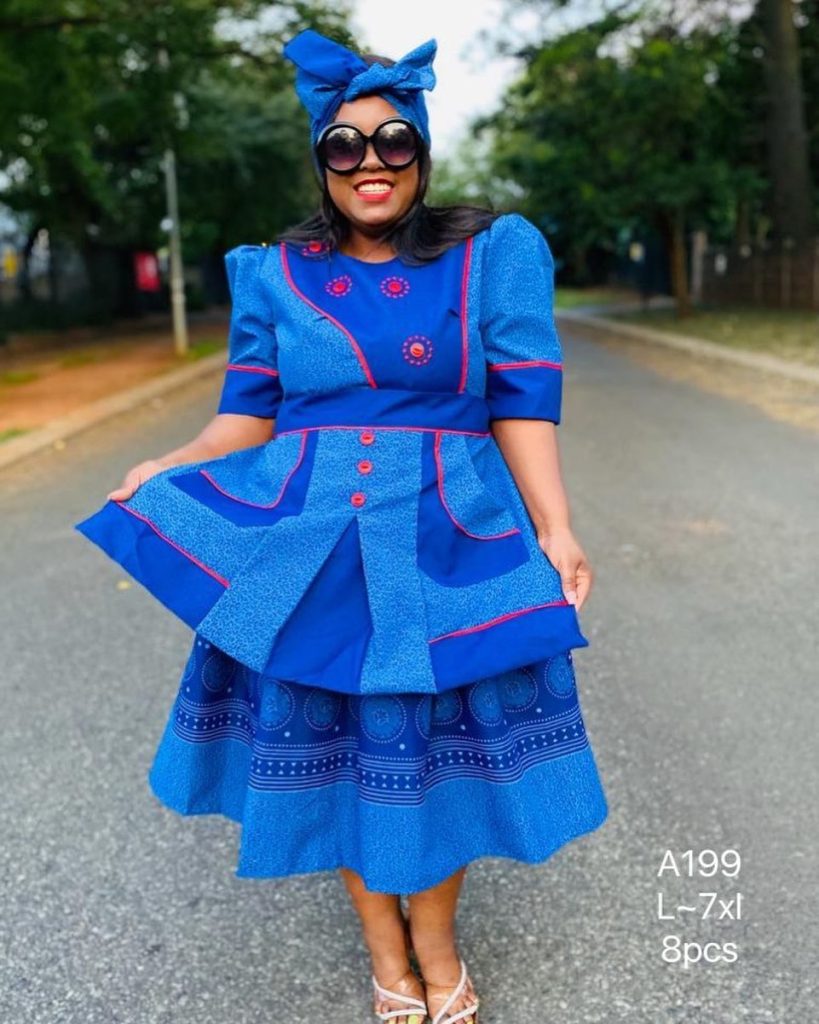
Sewing Techniques and Construction
Various sewing techniques used in making a Makoti dress
- Pattern Making: Skilled craftsmen and designers create a paper pattern based on precise measurements to serve as a blueprint for cutting the fabric, ensuring a perfect fit for the bride.
- Cutting the Fabric: The Shweshwe fabric is carefully cut according to the pattern, making sure to pay attention to the fabric’s unique patterns and designs.
- Seam Finishing: To ensure durability and prevent fraying, the seams of the dress are finished using techniques such as serging, zigzag stitching, or French seams.
- Gathering and Ruffling: The Makoti dress often incorporates gathers and ruffles to add volume and dimension to the design. This requires special sewing techniques such as gathering stitches and careful placement of pleats.
- Embellishments: Many Makoti dresses feature intricate embellishments like beadwork, embroidery, or lace appliques. These require skillful handiwork and attention to detail.

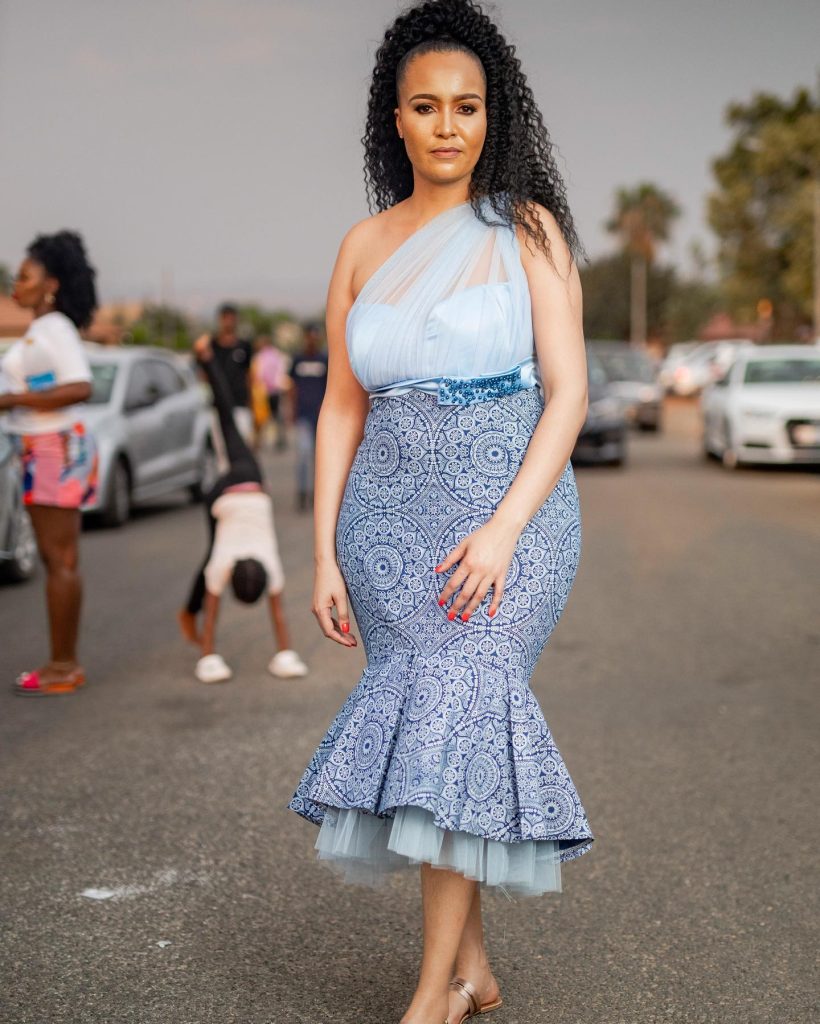


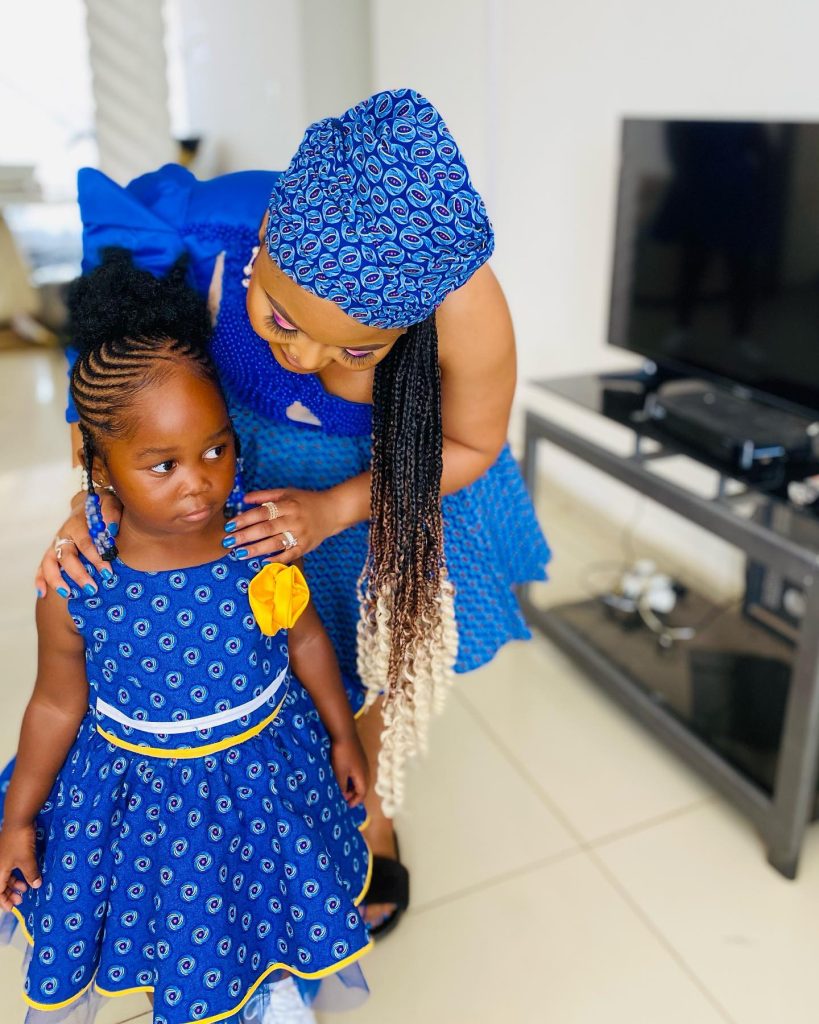
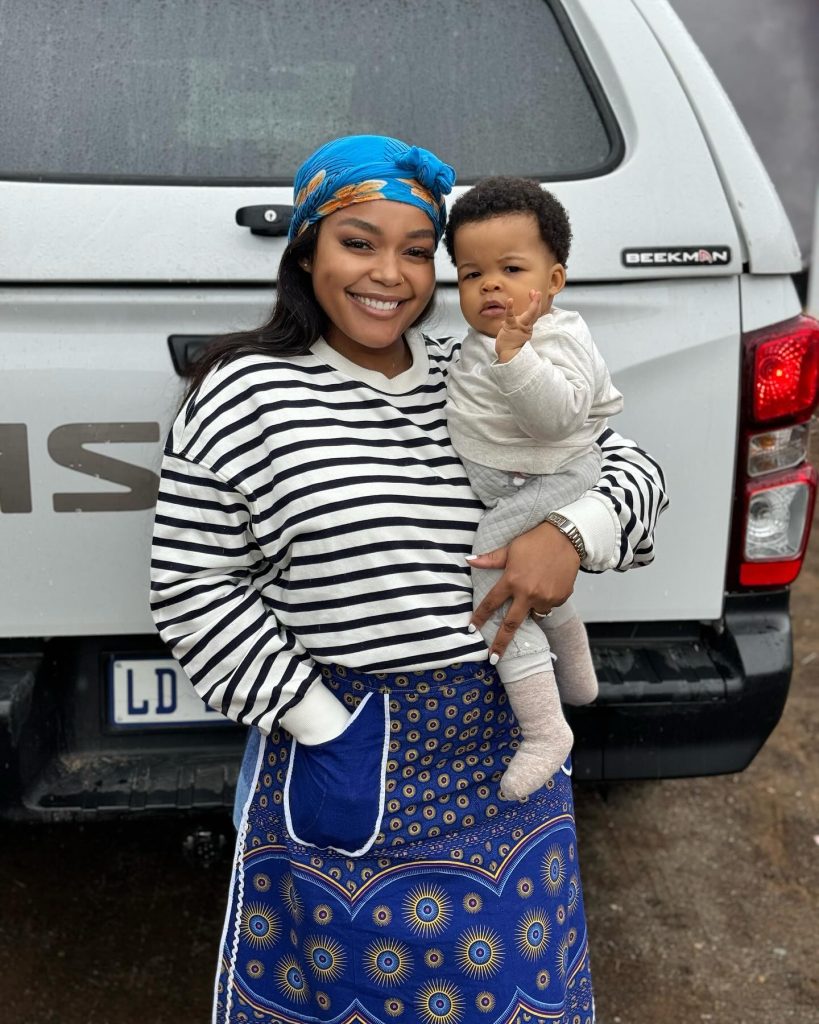
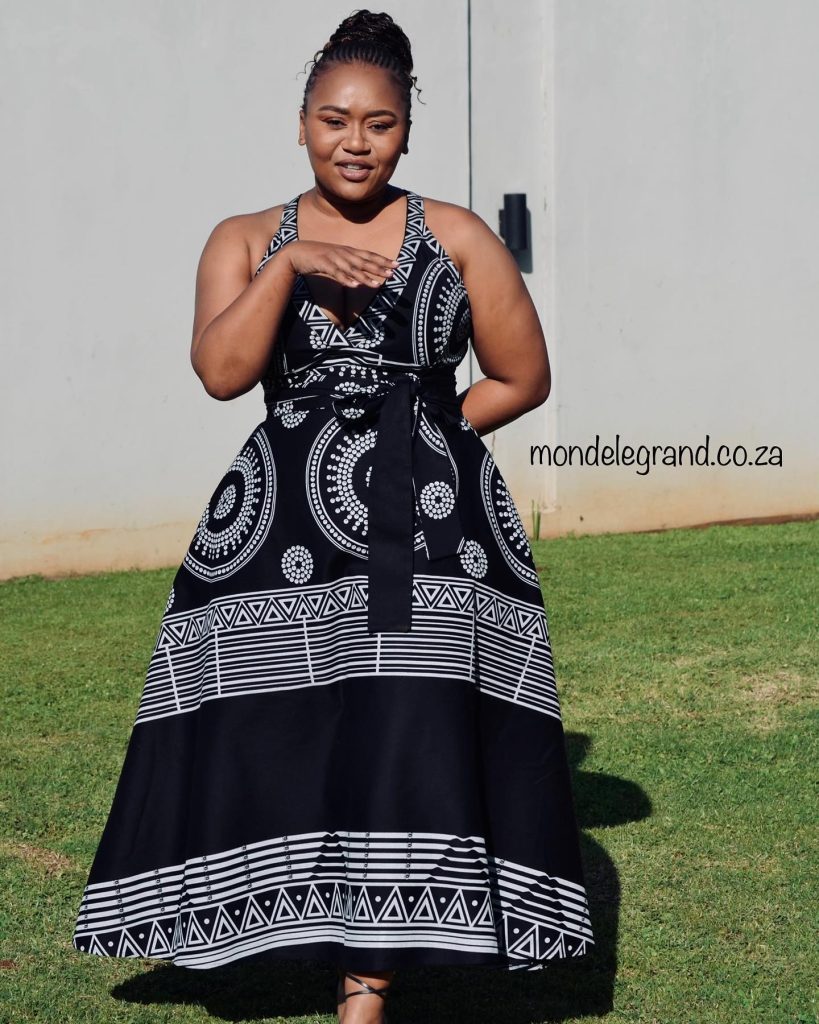
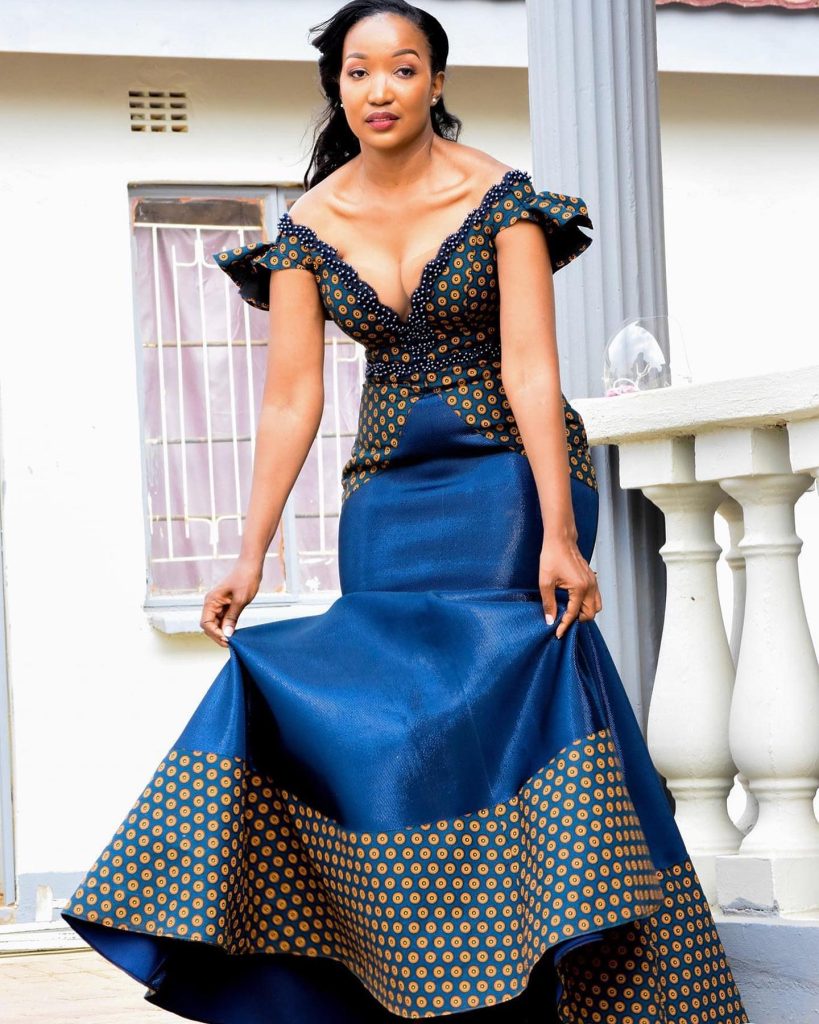
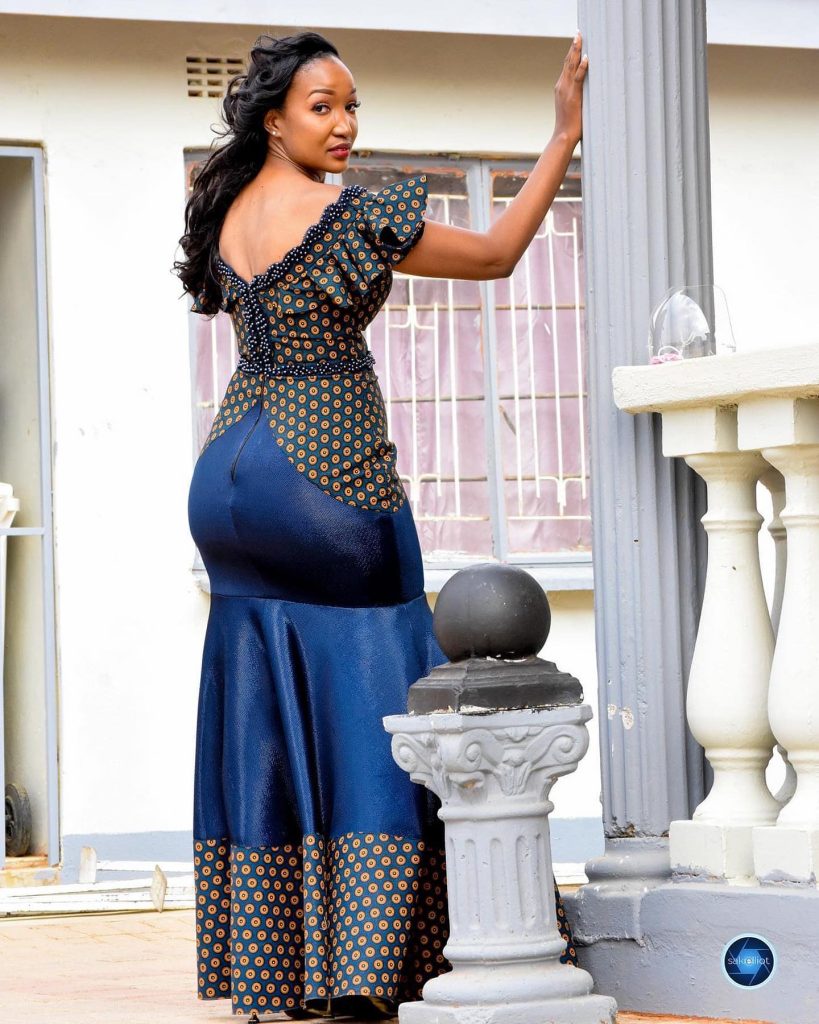
Step 6: Final touches and finishing the dress
- Pressing: After the dress is constructed, it is carefully pressed to smooth out any wrinkles or creases, giving it a polished and professional finish.
- Fitting and Alterations: The bride tries on the dress for final fittings, and any necessary alterations are made to ensure the perfect fit.
- Hemming: The dress’s hem is carefully measured and sewn to the desired length, taking into consideration the bride’s height and preferred dress style.
- Fastenings: Zippers, buttons, or hooks and eyes are added to the dress to secure it on the bride’s body while maintaining a seamless look.
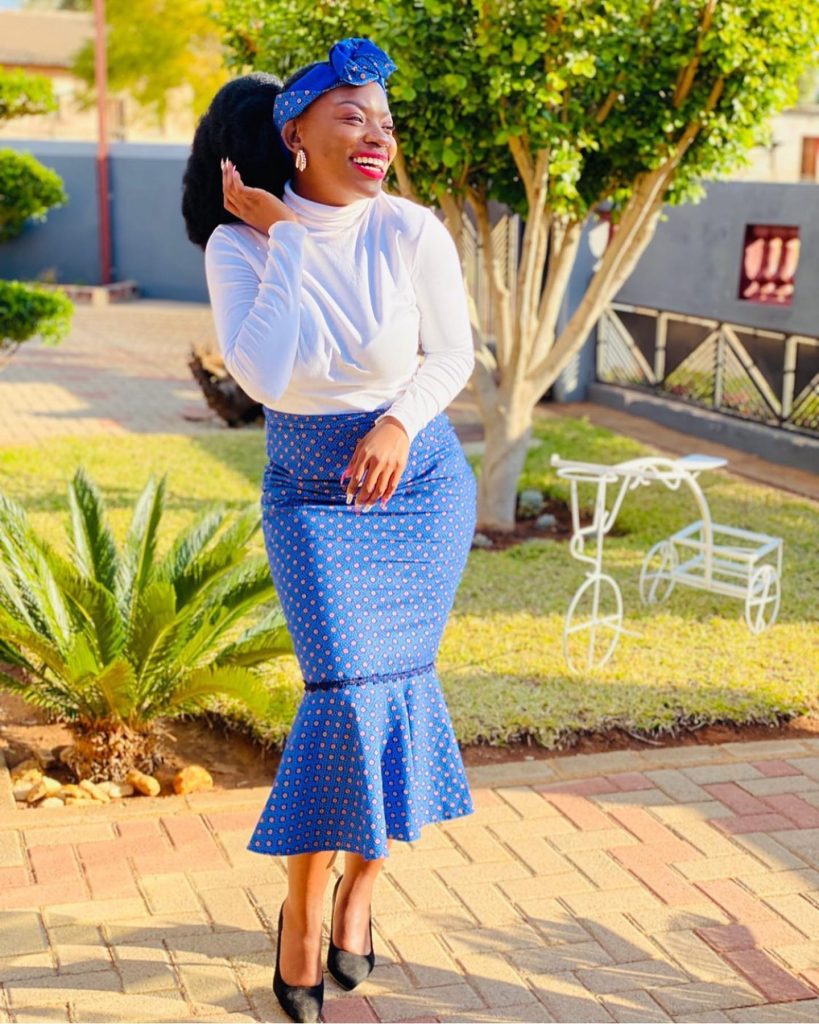
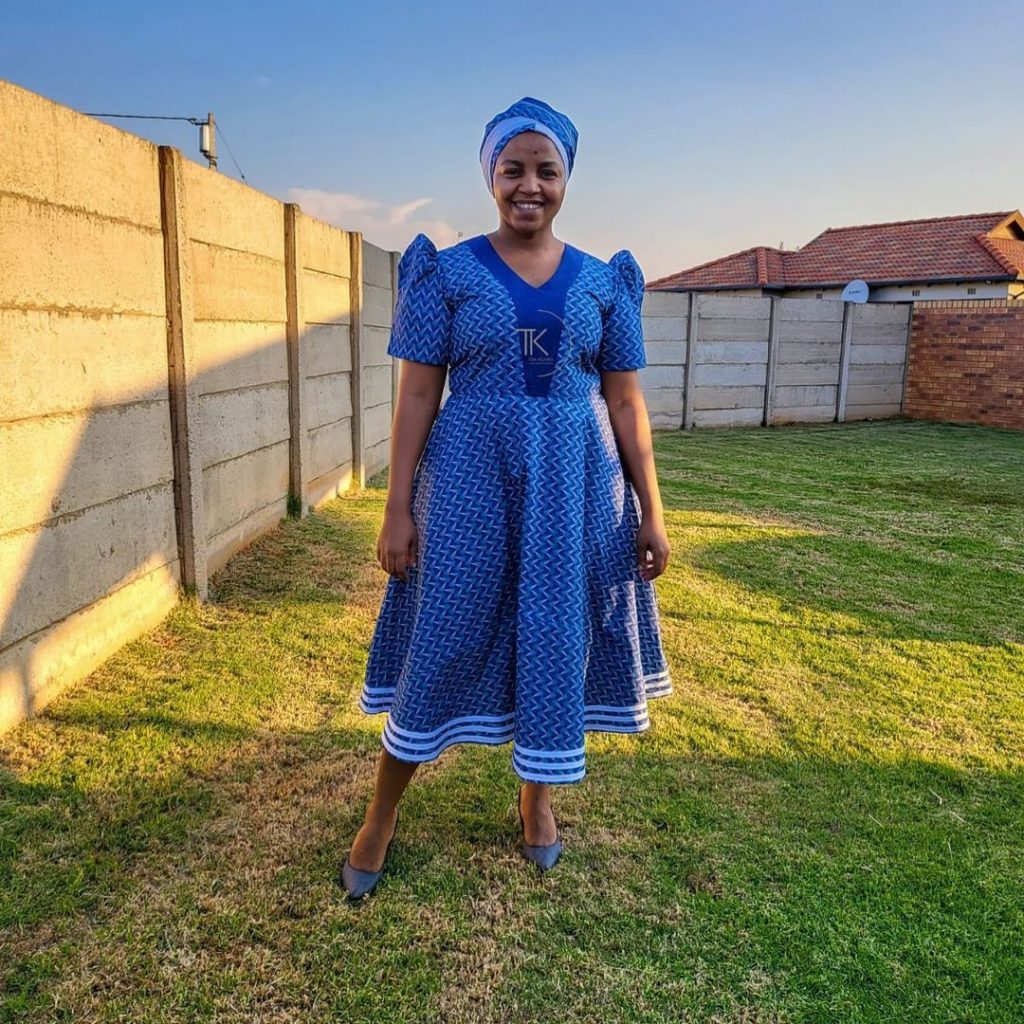
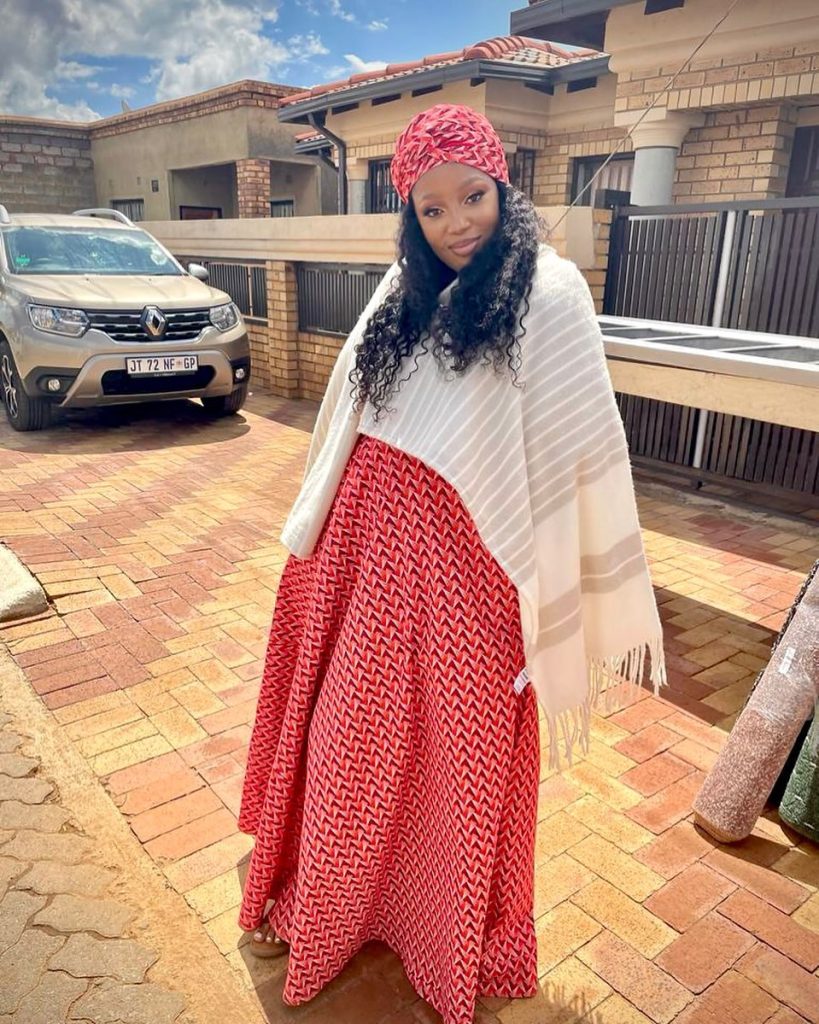
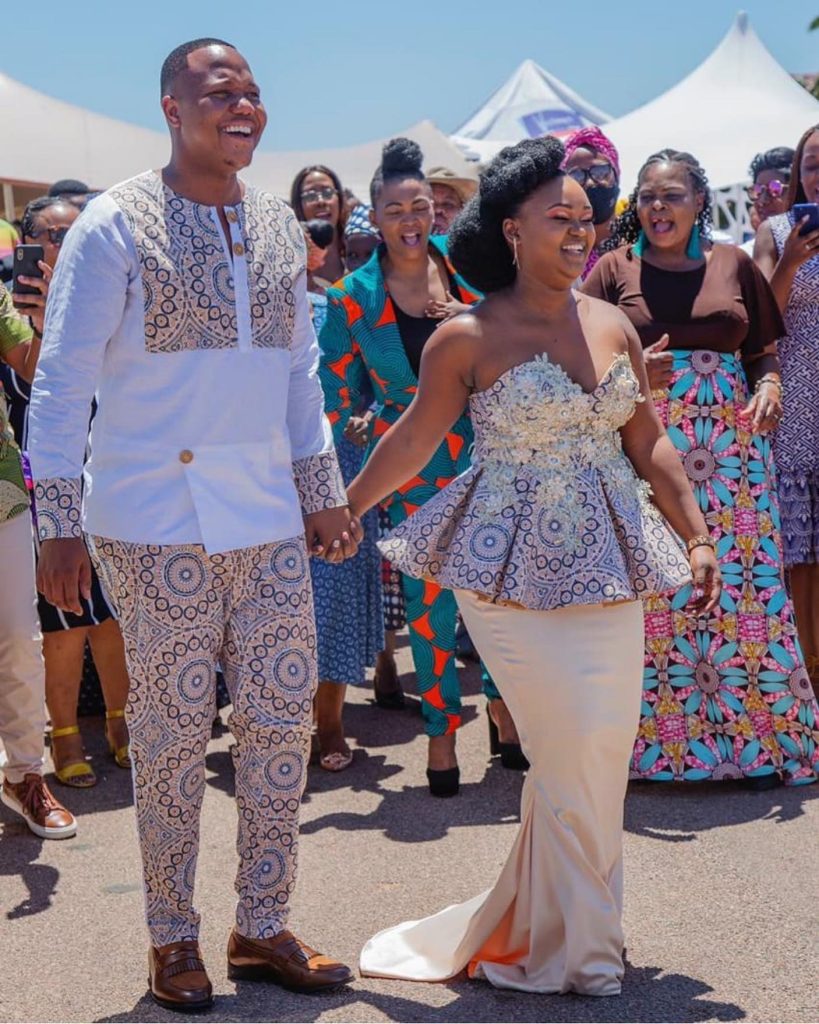





Conclusion and final thoughts on the construction process of the Makoti Shweshwe dress
The construction of a Makoti Shweshwe dress is a meticulous process that requires skilled craftsmanship and attention to detail. From pattern making and cutting the fabric to the final touches and finishing, each step is crucial in creating a dress that not only fits perfectly but also showcases the beautiful patterns and colors of the Shweshwe fabric. The use of various sewing techniques and the incorporation of special design elements like gathers, ruffles, and embellishments add depth and uniqueness to each dress. The end result is not just a dress but a symbol of cultural pride, tradition, and the talent of local artisans.











